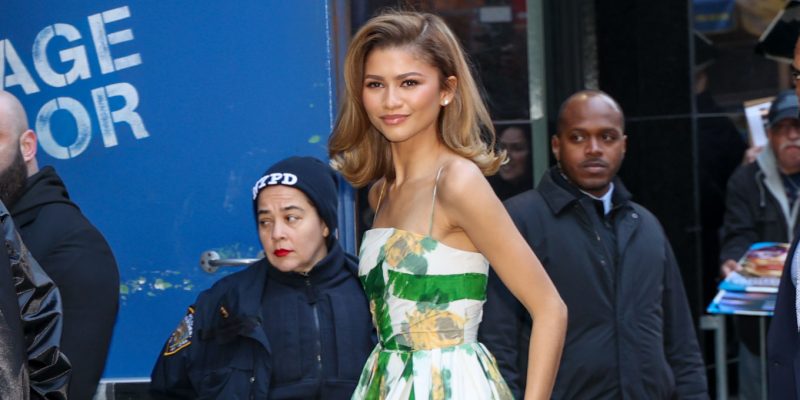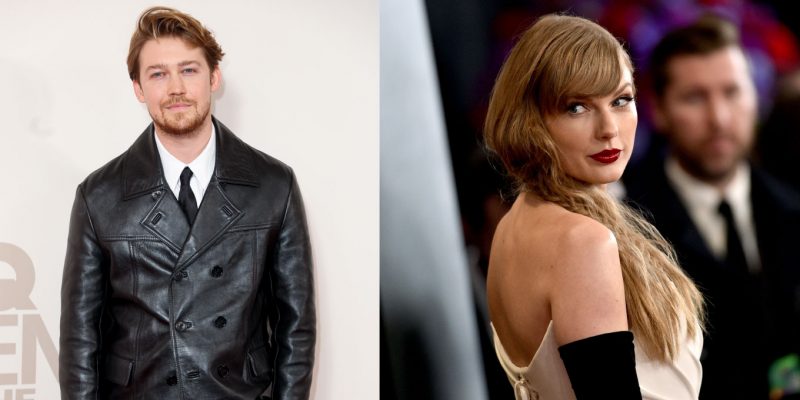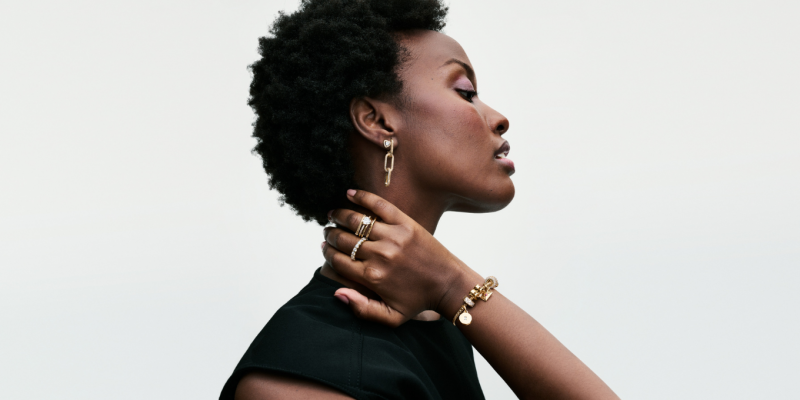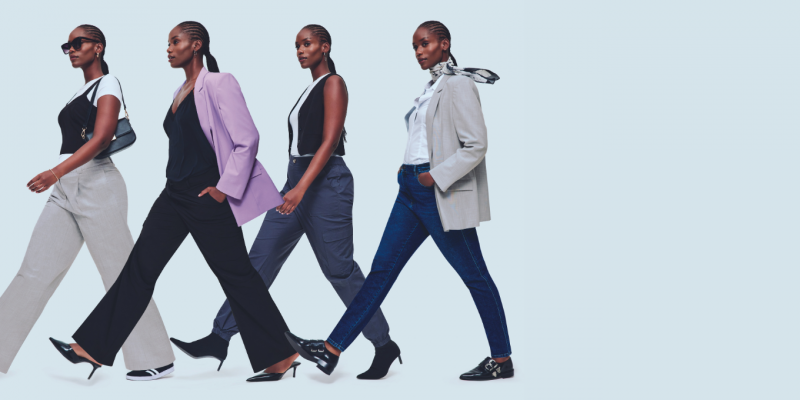Fashion
Yves Saint Laurent, 1936-2008
As this year draws to a close, a remembrance of a "couturier français."
by : David Livingstone- Nov 18th, 2008
An old photocopy of a page from somewhere with three drawings and a statement by Yves Saint Laurent: “What we imagine may be very beautiful, but nothing replaces reality.”
Coming from Saint Laurent, who was famous for his fondness for altered states, it has always struck me as an odd remark. He never seemed to be, in any way, bound to the ordinary.
It started like a storybook. In 1958, at the age of 21, Saint Laurent made his debut at Christian Dior. His trapeze dress rocked. His career skipped the mundane and went straight to fabulous.
Saint Laurent arrived in fashion’s forest as a fawn, all eyes and jumpy. But besides bad nerves, he had bold talent and something that his partner, Pierre Bergé, once described as “the great will of the weak.”
In 1961, Saint Laurent launched his own couture house; in 1966, he made ready-to-wear clothing with the opening of the first of many Rive Gauche boutiques. The 1970s were even headier: He created a perfume called Opium. Life was lush; the crowd was fast.
In the 1980s, magnificence slowly reverted to poignancy. His clothes were being shown in museums, and the man gave himself to remembrance. The figure on the runway was a sorrowful hulk. In Yves Saint Laurent: His Life and Times, a documentary film released in 2002 – the year he retired – he recalls the serenity of his childhood in Algeria and cites Marcel Proust, who believed that true paradise is the one you lost, as a favourite author.
Drugs, drink, nostalgia, reverie, melancholy, quietude: Saint Laurent found many ways to lose himself, but these were never replacements for reality – just aspects of it. And when the designer died – June 1, 2008 – nothing could have been more real than the sense of loss his death occasioned. Nothing, that is, except the true, hard fact of all that he had accomplished.
Carla Bruni-Sarkozy, wife of the president of France, wore pants to his funeral in Paris – evidence that Saint Laurent made not only beautiful garments but also important ones: pants, pantsuits, pea jackets, Le Smoking jackets and Le Smoking dresses that wound their way into the lives of modern women.
Then there were the modern women from the life of Saint Laurent: his mother, the elegant Lucienne, 95 – his first muse – as well as those who followed her, including the wild, bewitchingly androgynous Betty Catroux; the wonderful and willing Loulou de la Falaise; Mounia, a black supermodel (a concept Saint Laurent had pioneered); and Catherine Deneuve, incomparable and august in a black satin trench coat of a style so timeless that it, as much as the wheat she carried, somehow challenged the very idea of dying.
The Saint Laurent obsequies were triumphant in other ways: More than the sisterhood of the travelling pantsuit was represented; also to be felt was the liberation of a brotherhood, which was only fitting. Saint Laurent was the archetypal “Sister Boy” who was bullied in the schoolyard and came out the victor. Along the way, he designed costumes for Austrian actor Helmut Berger to wear in Conversation Piece, a movie directed by Berger’s lover, Luchino Visconti, in 1974 that was a veritable apogee of gay chic. And the normally obstreperous Bergé – as close to Saint Laurent for 50 years as pages in a book – was brave: At the podium, he expressed his respect and love; then he returned to his seat as the church rang with the recorded voice of Jacques Brel singing “The Song of Old Lovers,” addressed to a sweet amour.
In a profile of Bergé published in The New Yorker in 1994, Jane Kramer, writing about the relationship between him and Saint Laurent, spoke of “the furies of dependence and regret of two aging men who cannot untangle their destinies.”
Words become moving pictures in Valentino: The Last Emperor, the feature documentary that scored on the film-festival circuit this summer with a portrayal of the tangled bond between the Italian couturier and his partner, Giancarlo Giammetti. “It’s the same story,” says the film’s director, Matt Tyrnauer, comparing Valentino and Giammetti to Saint Laurent and Bergé and linking all of them to themes of duality and sexless union explored by writer Gore Vidal.
Another man of letters, Edmund White, in a 1994 profile of Saint Laurent written for The Sunday Times magazine, revealed that these were also themes in the designer’s own thinking. Talking about Bergé, Saint Laurent told White, “We like each other so much, but we don’t live together anymore. The business is an eagle with two heads.” Maybe that’s just the way it is with all last emperors.
To be sure, to be French was another point to be made by Bergé in bidding his final adieu. He compared Saint Laurent to other French cultural icons, including poet Pierre de Ronsard, landscape architect André Le Nôtre, composer Maurice Ravel and painter Henri Matisse, and said that Saint Laurent’s gravestone would bear nothing but his name and the words “couturier français.”
At the time of Saint Laurent’s ascendancy, even French fashion had assumed an atmosphere of airless contrivance. He shifted attention from shapes to attitudes, which is perhaps his ultimate contribution to the world history of fashion. In a 1959 television interview, he was already boasting, “My collection has no lines – that’s very important. Fashion locked itself into geometric shapes or highly constructed designs, whereas now it’s more casual, more flexible, more natural.” Proud, he was also prescient, already predicting “The lines are becoming blurred.”
And with his great help, did they ever! Male and female. Bohemian and bourgeois. The runway and the street. Yesterday and tomorrow. City and town. Home and abroad. Fuchsia and orange. Joy and pain. He brought them all together with all the strength and magic that is sometimes required to bridge the beautiful and the real.
Newsletter
Join our mailing list for the latest and biggest in fashion trends, beauty, culture and celebrity.
Read Next

Fashion
Zendaya Welcomes Spring in a Retro Floral and Tulle Dress
Another day, another preppy tennis-core look.
by : Briannah Rivera- Apr 23rd, 2024

Culture
A Joe Alwyn Source Explains Why He Didn’t Want to Talk About Dating Taylor Swift
Following the release of The Tortured Poets Department, new insight about the British actor’s decision emerges.
by : Alyssa Bailey- Apr 23rd, 2024

Fashion
This Jewellery Brand Has a Whole New Look And It’s Everything
Here are the seven pieces we’re coveting.
by : ELLE Canada- Apr 10th, 2024




